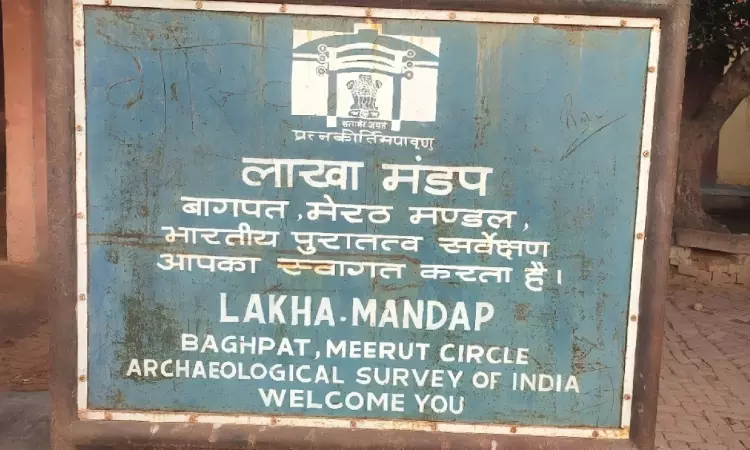UP Court Dismisses Suit To Declare 'Lakshagriha' Disputed Site In Baghpat As A 'Graveyard'/Dargah
Sparsh Upadhyay
11 Feb 2024 8:52 PM IST

Next Story
11 Feb 2024 8:52 PM IST
A Court in Uttar Pradesh's Baghpat district recently dismissed a 53-year-old suit filed by Muslim plaintiffs seeking a declaration that the 'Lakshagriha-Mazar' dispute site is a graveyard and the dargah (tomb) of Sufi saint Sheikh Badruddin Shah. The dispute concerned more than 108 bighas of land in Barnawa village of Baghpat district which was claimed to be the tomb and graveyard of...
